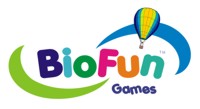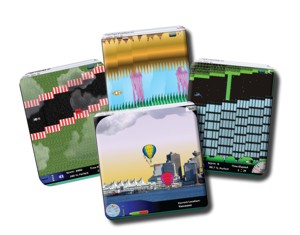The Power of Psychophysiological Stress Profiling
Baseline levels show if there is residual stress reaction in the person. High muscle tension or skin conductance levels or low hand temperature or heart rate variability can mean that the person is in a state of stress and tension even when attempting to relax.
Changes that occur during stress periods of the PSP can indicate which modalities react more and if they seem to be related to the type of symptoms the person is presenting with.
Return to baseline or lack of return to baseline can indicate how well the person recovers from stressful situations prior to biofeedback therapy. If they are not returning to baseline then it shows them that they have something to improve on.
If you can show that the modalities that are dysregulated have a logical connection to the client’s symptoms then it helps to make the case for biofeedback being a potentially useful therapy for them. It also helps them to “get” the connection between how they are reacting to stress and their symptoms. Many clients are relieved to see that their problems are not “all in their heads”. Seeing measurable evidence is in some way reassuring to them.
The data also gives the biofeedback provider a starting point for therapy planning. It helps in choosing which modalities to work with and setting goals for the ones you decide to work on. Using Psychophysiological Stress Profiling is a better way to do biofeedback. It is much better than just deciding which modality you are going to work with before you have this valuable information. The textbook recommendation although usually good does not take into account
To learn more about Psychophysiological Stress : The Power of psychophysiological Stress Profiling
Website : Biofeedback Resources International
Changes that occur during stress periods of the PSP can indicate which modalities react more and if they seem to be related to the type of symptoms the person is presenting with.
Return to baseline or lack of return to baseline can indicate how well the person recovers from stressful situations prior to biofeedback therapy. If they are not returning to baseline then it shows them that they have something to improve on.
If you can show that the modalities that are dysregulated have a logical connection to the client’s symptoms then it helps to make the case for biofeedback being a potentially useful therapy for them. It also helps them to “get” the connection between how they are reacting to stress and their symptoms. Many clients are relieved to see that their problems are not “all in their heads”. Seeing measurable evidence is in some way reassuring to them.
The data also gives the biofeedback provider a starting point for therapy planning. It helps in choosing which modalities to work with and setting goals for the ones you decide to work on. Using Psychophysiological Stress Profiling is a better way to do biofeedback. It is much better than just deciding which modality you are going to work with before you have this valuable information. The textbook recommendation although usually good does not take into account

